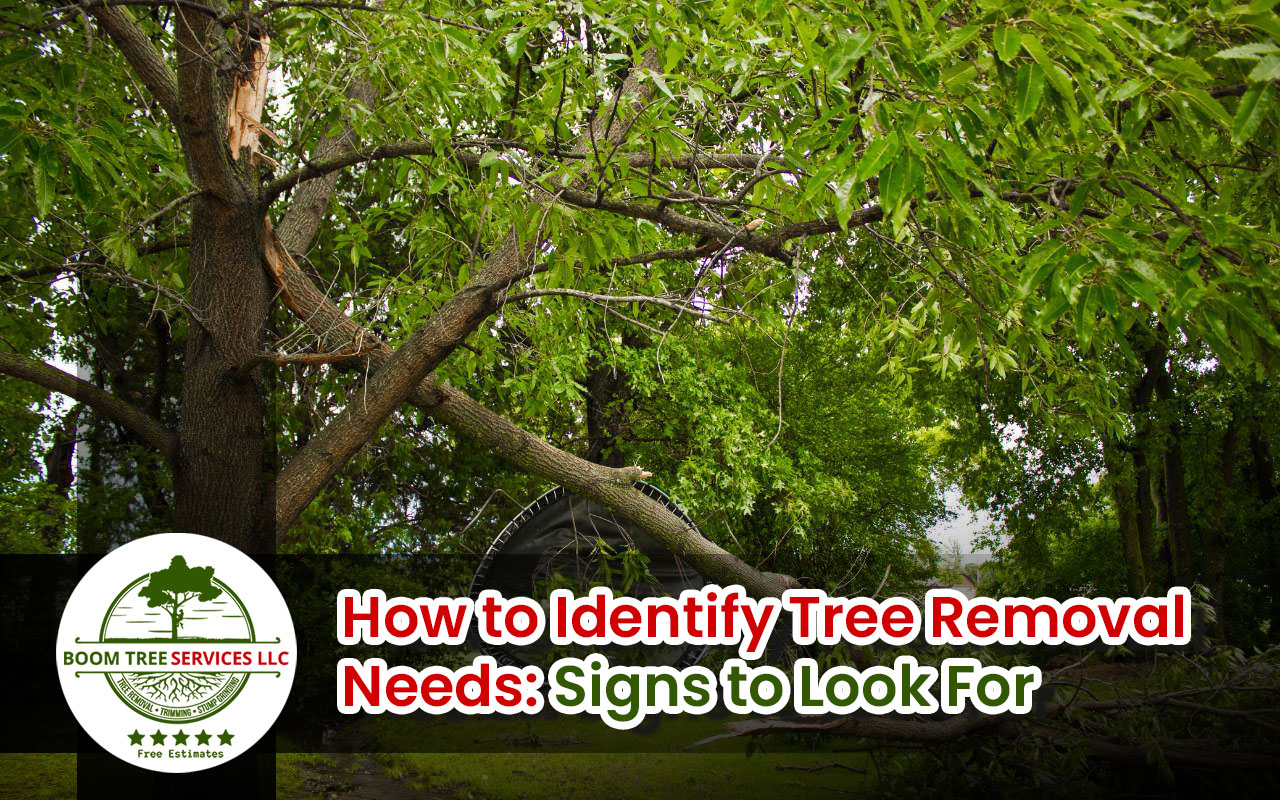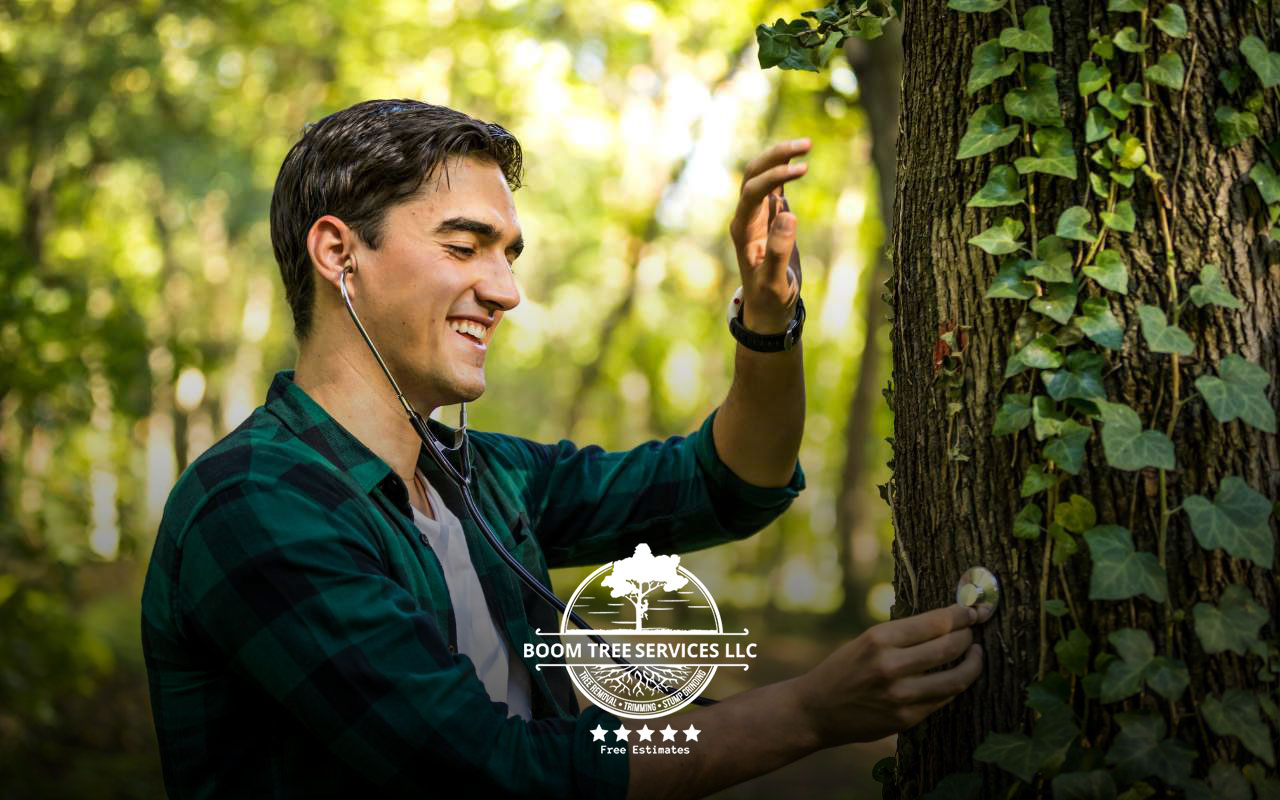
Are you wondering how to identify tree removal needs? Recognizing when it’s time to remove a tree is crucial for maintaining your property’s safety and aesthetics. This guide will walk you through the key signs that indicate a tree might be a hazard. From visible decay to unstable roots, understanding these signs can help you take timely action.
Keep reading to ensure your landscape remains beautiful and safe.
Essential Insights on Tree Removal

Trees add immense value to our environment, but sometimes, their removal becomes necessary for safety and aesthetics. Therefore, identifying tree removal needs is essential for any property owner. Here, we break down the signs that signify it’s time to call in the experts.
Recognizing the Need for Tree Removal
Visible Signs of Decay:
- Bark Peeling: Noticeable peeling or cracks in the bark can indicate internal decay.
- Fungus Growth: The presence of fungi, like mushrooms, at the base or on the trunk is a red flag.
Branch Health:
- Dead Branches: Multiple dead branches or limbs can pose a fall risk.
- Weak Branch Junctions: Where branches aren’t strongly attached, they are more likely to break off.
Tree Leaning:
A tree that suddenly leans to one side might have compromised root stability.
Root Problems:
- Visible Roots: Exposed roots that are damaged or decayed can compromise a tree’s stability.
- Heaving Soil: Soil lifting near the tree base suggests unstable roots.
Environmental Impact:
- Storm Damage: Recent storms can critically weaken even the healthiest trees, necessitating a review.
- Construction Damage: Construction near trees can damage roots and destabilize them.
Further Factors to Consider:
Tree Age and Species:
- Older Trees: Older trees are more susceptible to disease and decay, particularly if they haven’t been regularly maintained.
- Species Susceptibility: Certain species are more prone to specific ailments, which can hasten the need for their removal.
Proximity to Structures:
- Safety Risks: Trees too close to buildings or power lines pose safety risks during storms or windy conditions.
- Root Intrusion: Roots can invade foundations, plumbing, and underground utilities, leading to costly repairs.
Legal and Community Considerations:
- Local Regulations: Check local laws before tree removal, as permits may be required.
- Community Impact: Consider the aesthetic and ecological impact of removing a tree within a community or neighborhood.
Quick Checklist for Tree Assessment
- Inspect tree bark and trunk for peeling or fungi.
- Check for dead or hanging branches.
- Notice any new leaning or changes in the tree’s posture.
- Look for signs of root damage or soil upheaval.
- Evaluate the tree’s proximity to structures and potential hazards.
FAQ: Addressing Common Tree Removal Questions
Q: How often should I inspect my trees?
A: Ideally, inspect your trees at least twice a year and after significant weather events.
Q: Can I remove a tree by myself?
A: Tree removal can be hazardous. We recommend hiring professionals with the right tools and experience
Q: What happens if I don’t remove a problematic tree?
A: Delaying the removal of a hazardous tree can lead to property damage or personal injury.
Q: Are there alternatives to the removal of problematic trees?
A: Sometimes, pruning or treating diseases can prolong a tree’s life, depending on the issue’s severity.
This comprehensive guide aims to equip you with the knowledge to identify when a tree poses a risk and needs removal. Additionally, you can take proactive steps to maintain a safe and appealing landscape by staying vigilant and recognizing these signs.
Take Action to Ensure Safety and Beauty
Ensuring the safety and aesthetics of your property includes making informed decisions about tree removal. If you’ve identified any signs we’ve discussed, don’t hesitate to contact a professional tree removal service. Consequently, delaying could lead to more significant problems or even pose a safety risk to your home and its surroundings.
Ready to ensure your landscape remains safe and stunning? Then contact us today for an expert assessment and timely tree removal services.

